You’ve heard about the Ramayana as an epic about a great king.
You’ve heard about the Ramayana as the story of Righteousness.
You’ve also heard about the Ramayana as the saga of God.

Religious. Political. Spiritual.
The Ramayana has been given several hues.
But have you heard about the Ramayana as a work of Botany? Or a text of Geography? Or as a source of History? Perhaps not. Let me on this day of Ram Navami, delve into the first.
“The Ramayana is a botanist’s delight, with detailed descriptions of forest types and plants that grew therein.”
Nanditha Krishnan, Hinduism and Nature. Penguin Books
I am not a religious person. But I enjoy reading the Ramayana and essays about the Ramayana. It has been for time immemorial, a reflection of Indian society and its values.
In Bengal, whether the Devi cult is strong, you will find a Women’s Ramayana.
At the height of the bhakti movement sprang out the Odiya Ramayana in which the popular scene of Rama eating the tasted berries from Shabri’s hand takes place, urging people to break social taboos.
In the Jain Ramayana, Rama must practice ahimsa or nonviolence, and it is Lakshman who slays Ravana.
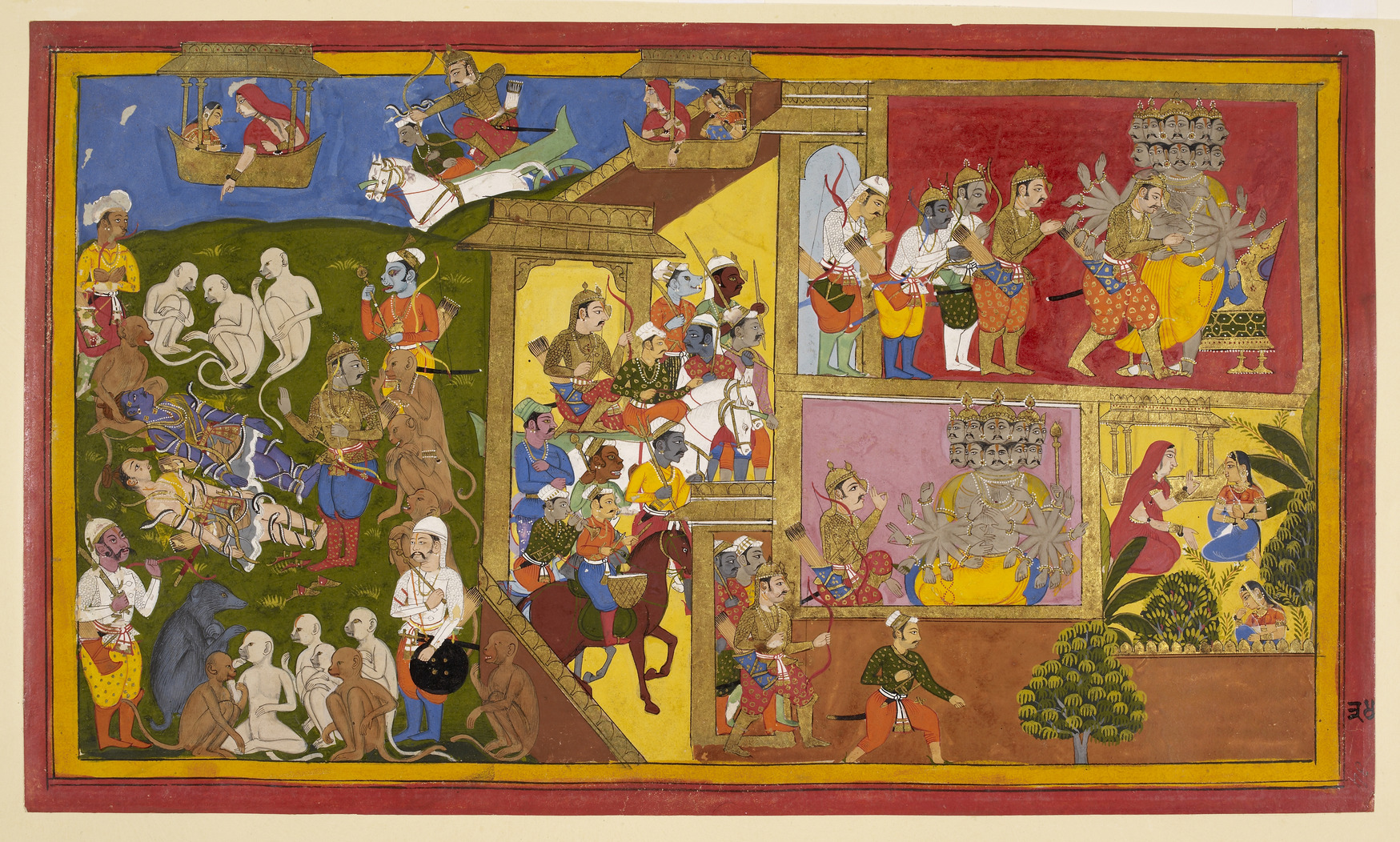
The text and its variants fascinate me. For it speaks to me in ways unimaginable, about the history of India and her people.
One of the contexts that I find interesting about the Ramayana the trees and forests mentioned there.
Forests in the Ramayana
Principally, the Ramayana has 6 forests. The first four are where Rama resides during his period of exile.
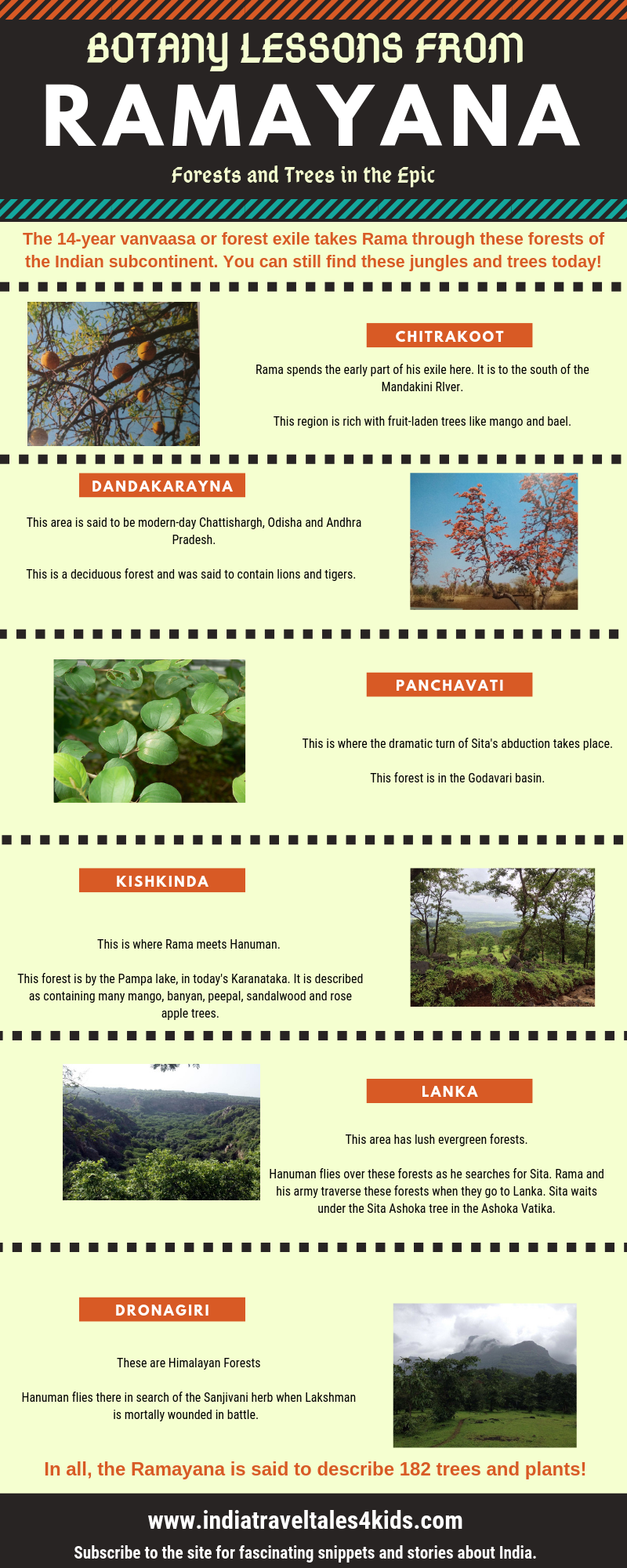
Chitrakoot is a lovely forest filled with fruit bearing trees where Rama spends the first part of his exile. This forest is said to be filled with jackfruit and mango trees and deciduous in nature.
Following this, Rama enters the Dandakaranya – which is also a deciduous forest that is filled with many tall trees such as Sal, Badri and Bilwa trees. It is said that the name of the forest arises from the kind of grass which is found there called danda-trina grass. It is also said to be the forest in which the demon Dandaka resided.
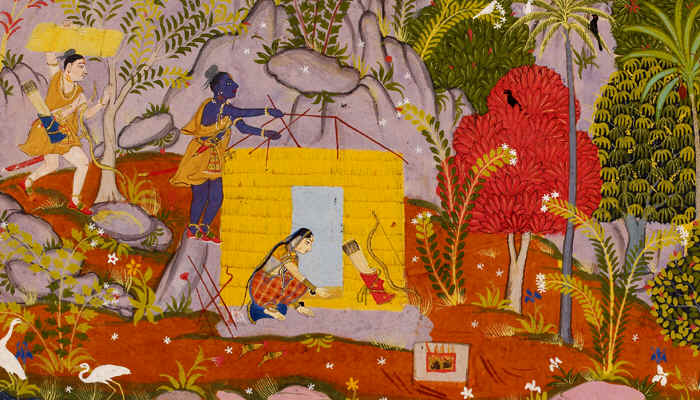
The Panchavati forest comes next. This is where Sita is abducted by Ravana. It is in the region of modern-day Maharashtra and central India. The name Panchavati comes from pancha meaning five and vata meaning Banyan. This is a dry deciduous forest that is still seen in large parts of central Maharashtra today. It is described as containing Palmyra, date palm, mango and other trees.

Finally Rama moves to Kishkinda in search of Sita, the kingdom to the south. This is also described as a thickly forested area. Here is where he meets Hanuman, Sugriva and Vali. This is in present-day Karnataka – areas known as the Rishyamukha and Matanga Hills- names that have continued to this day.
When Hanuman flies to Lanka in search of Sita, one discovers the forests of Lanka are described as evergreen. Much like the equatorial forests one would find there. The tree under which Sita sits is today called the Sita Ashoka (A + soka meaning no sorrow)- i.e. the tree that took Sita’s sorrow away). Ashoka vatika was a large garden in Lanka, full of Ashoka trees.
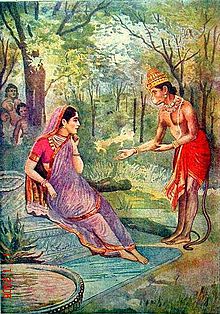
Later in the story comes Dronagiri – the Himalayan Forest where Hanuman goes in search of the Sanjeevani herb when Lakshman is injured in battle. This is described to be in the north, near Kailash and is an Alpine forest.
The forest in the Ramayana is described as having 4 qualities.
- Calm (shanta)
- Sweet (madhura)
- Angry (Raudra)
- Fearful (Vibhatsa)
The setting varies from tropical deciduous forest to dry and moist forest, evergreen tropical forests to alpine forests. The stretch of Valmiki’s canvas is indeed extremely vast!
The Epic describes the settings of its scenes in vivid detail. The rivers and the lakes, the flora and fauna, the birds and the insects, the topography and the land features.
Experts who have studied the text say that all in all, the Epic contains references to 182 plants and trees!
“It is amazing how much Valmiki knew and how little has changed in the forests that are found in each of these places, except for its density and wildlife.”
Nanditha Krishna, Author of Sacred Plants of India, Penguin Books
The Ramayana abounds with treasures. For the lover of literature. For the connoisseur of art. For the history buff. For the spiritually inclined. For the sociologist and the naturalist.
A pity indeed it is, that we have turned it into a battleground for asserting identity and claiming political hegemony.
Throw aside these encumbrances!
Let your children discover the beauty of the Evergreen Epic. (pun intended!)
And through it, together, you can discover an incredible slice of India!
Click here to subscribe to the monthly newsletter from the site for more fascinating snippets and stories about India.
Click here to listen to the Episode of the Site Podcast
So Many Ramayanas!
Paintings Credits : Sahib Din – The Mewar Ramayana (Wiki Commons)

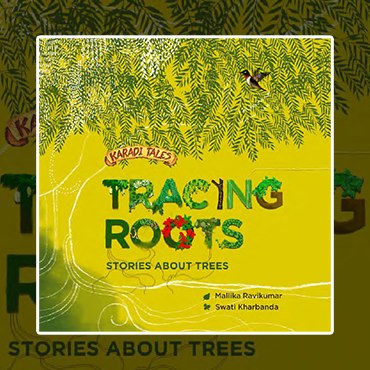
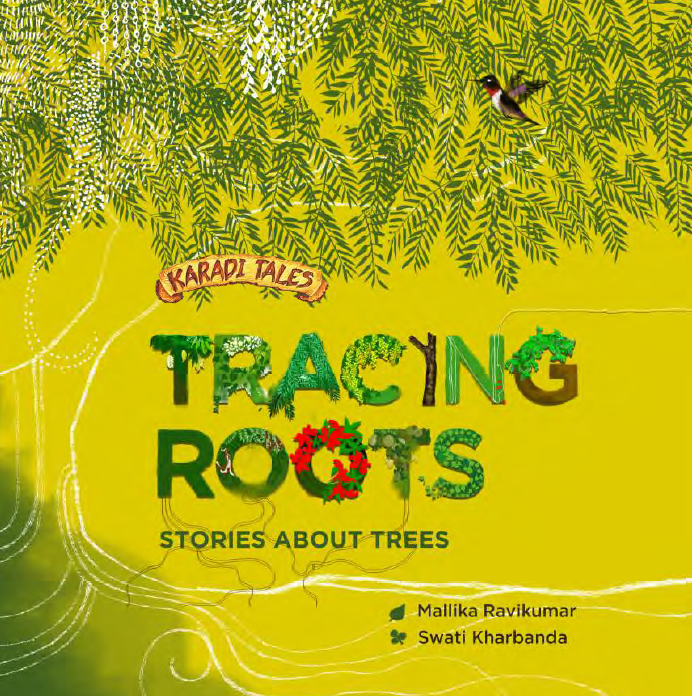

S.R.Rangarajan
September 2, 2020 - 4:18 pm ·I have heard about Forest Bathing in Japan(Shinrin Yoku) We can see the same in Ramayana & Mahabharata
mallikaravikumar
September 5, 2020 - 8:02 pm ·Yes…absolutely! Nice connection 🙂
mallikaravikumar
October 1, 2020 - 11:28 pm ·True…nice parellels.